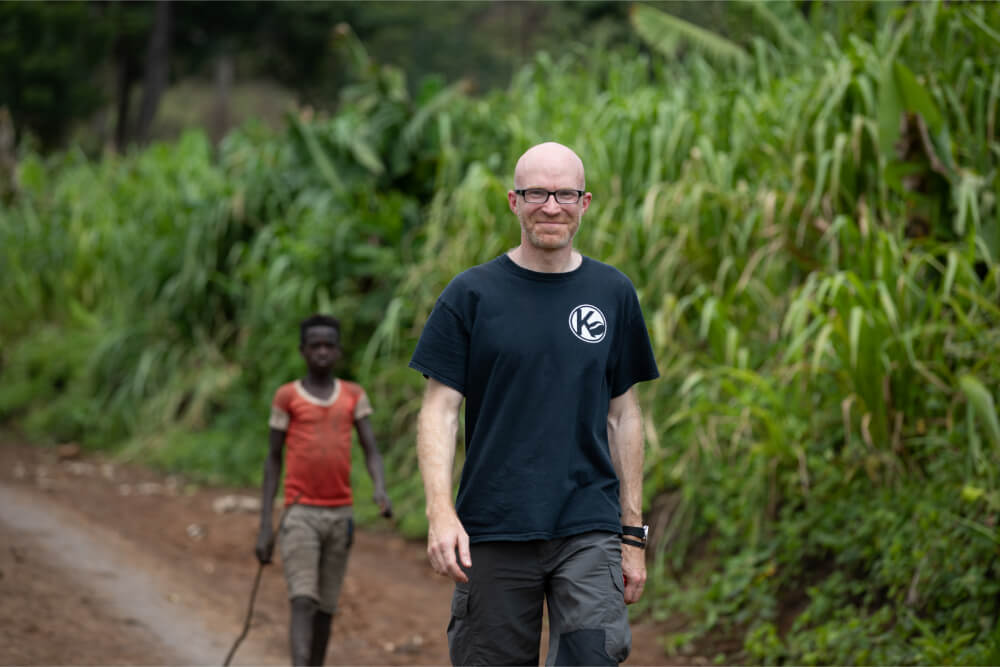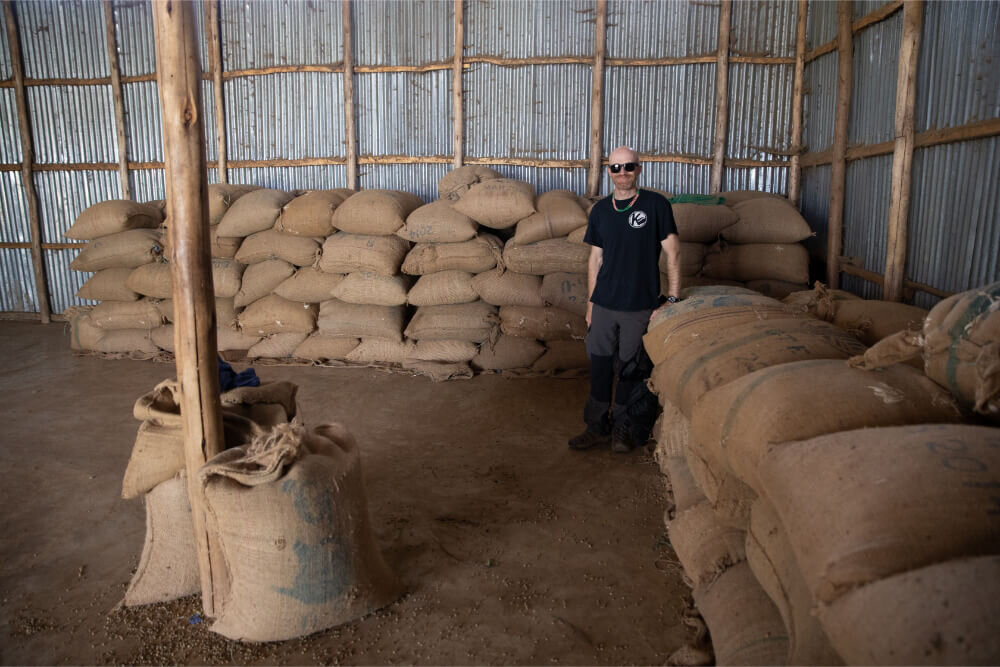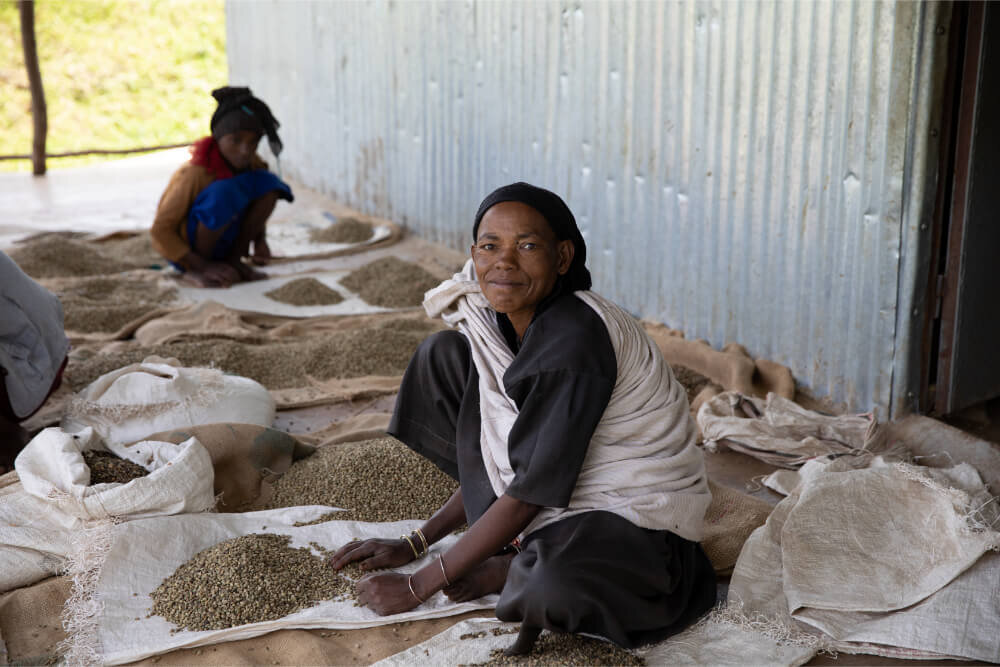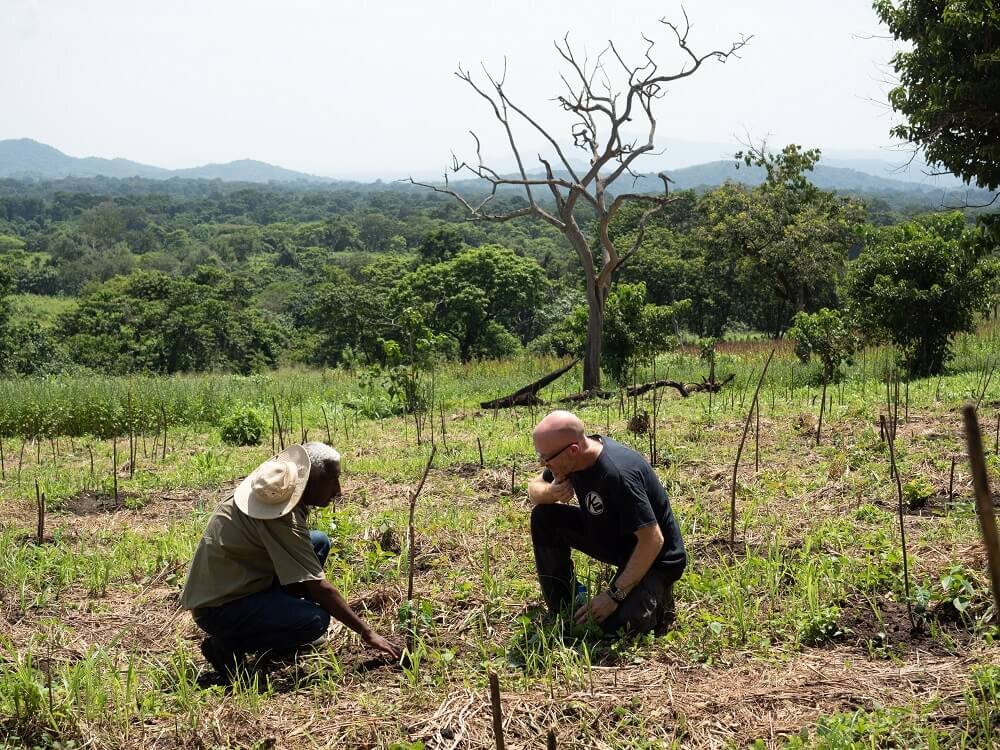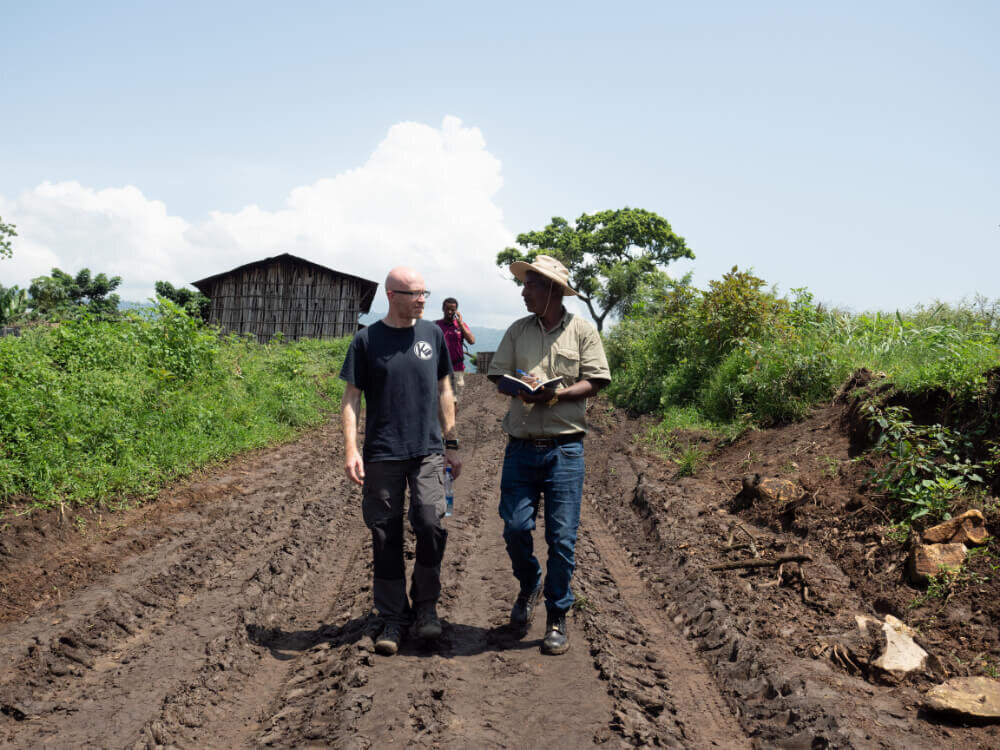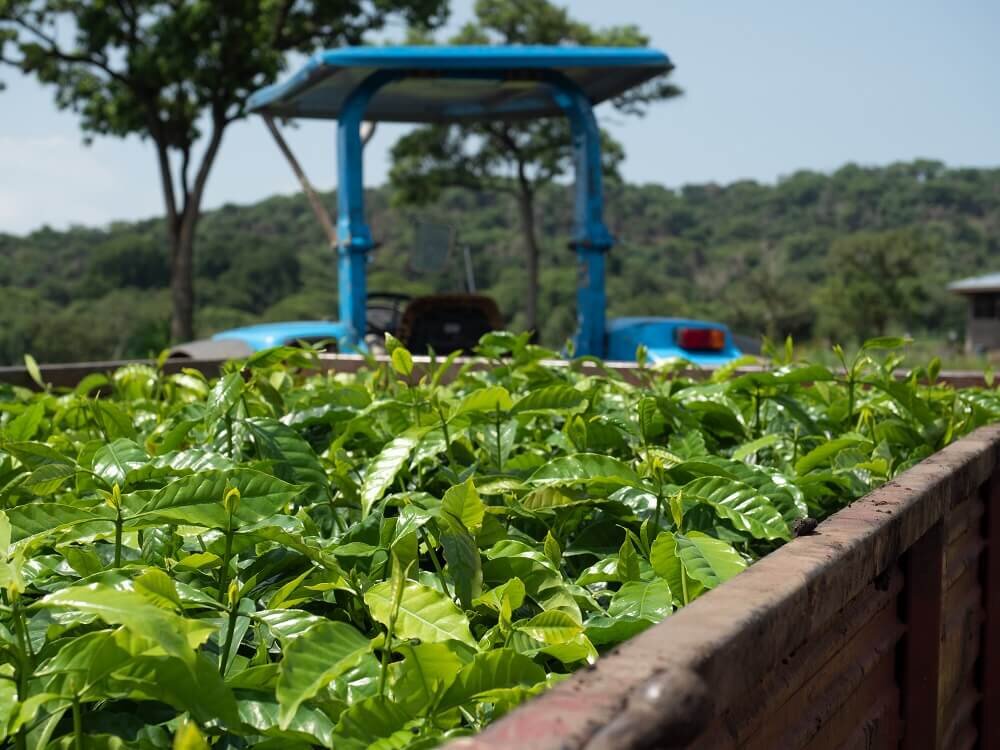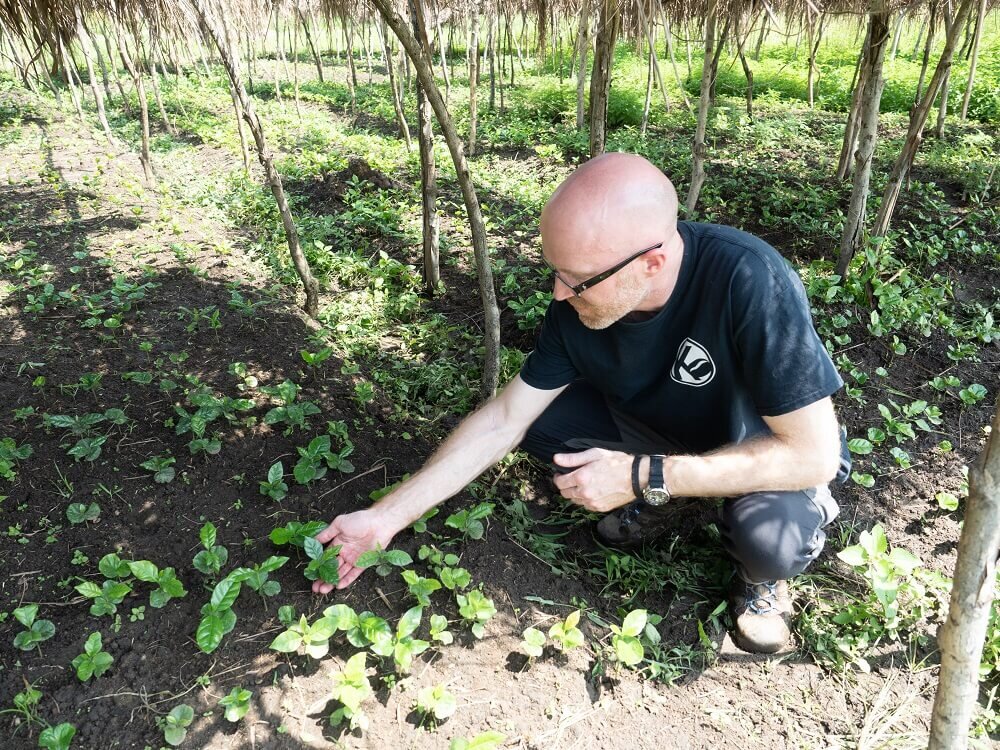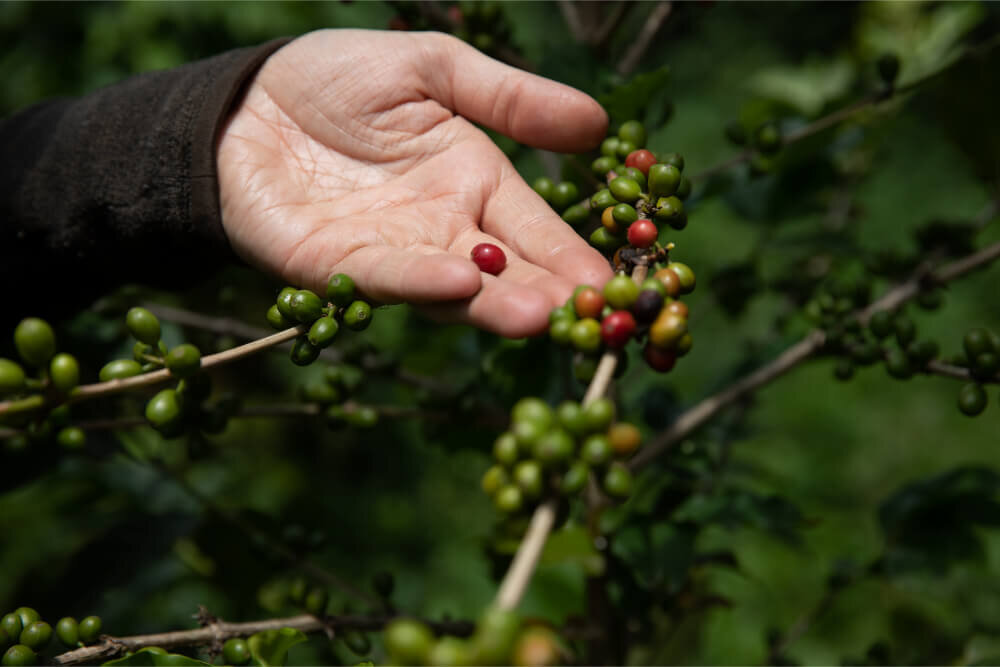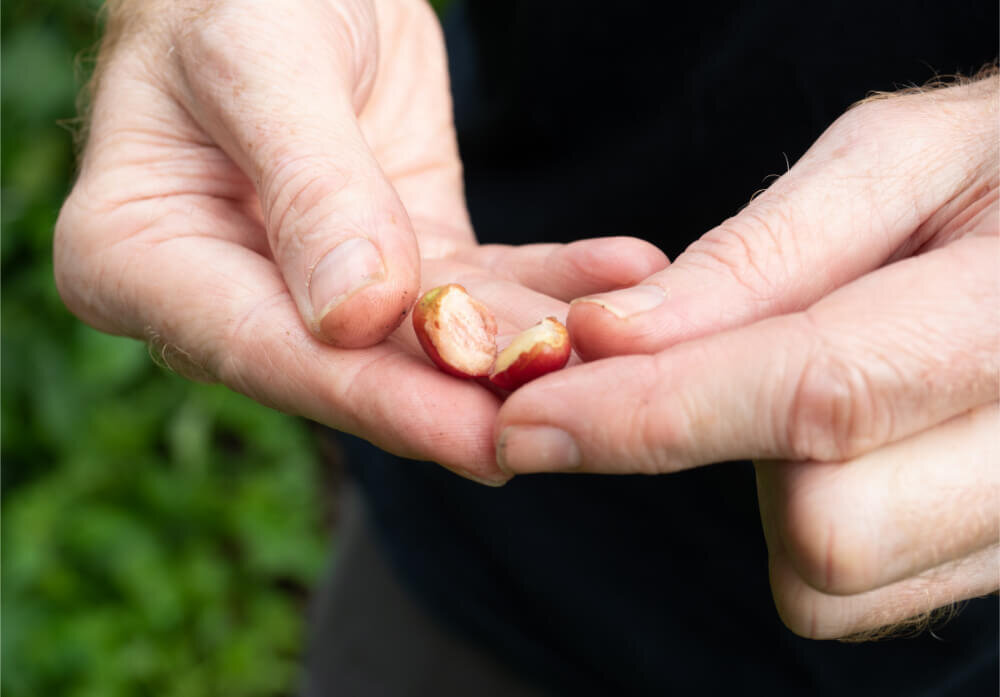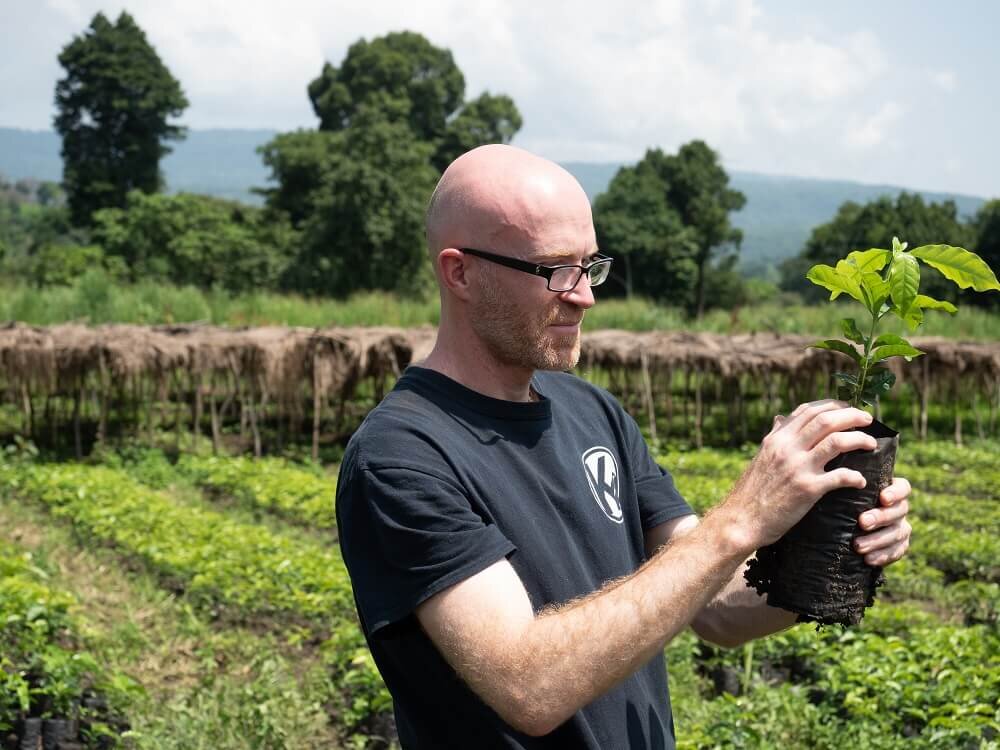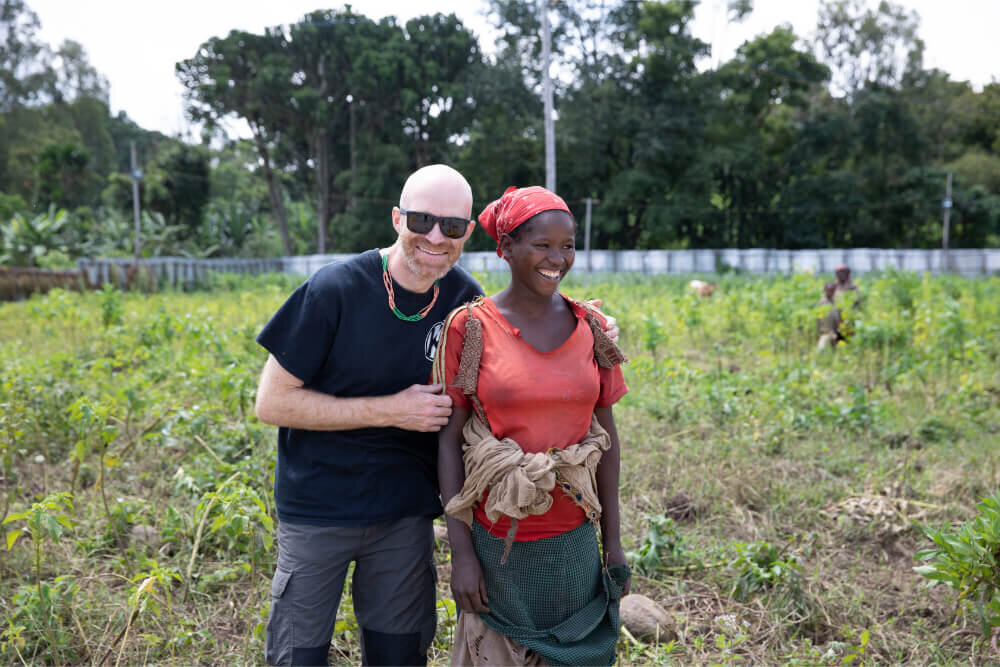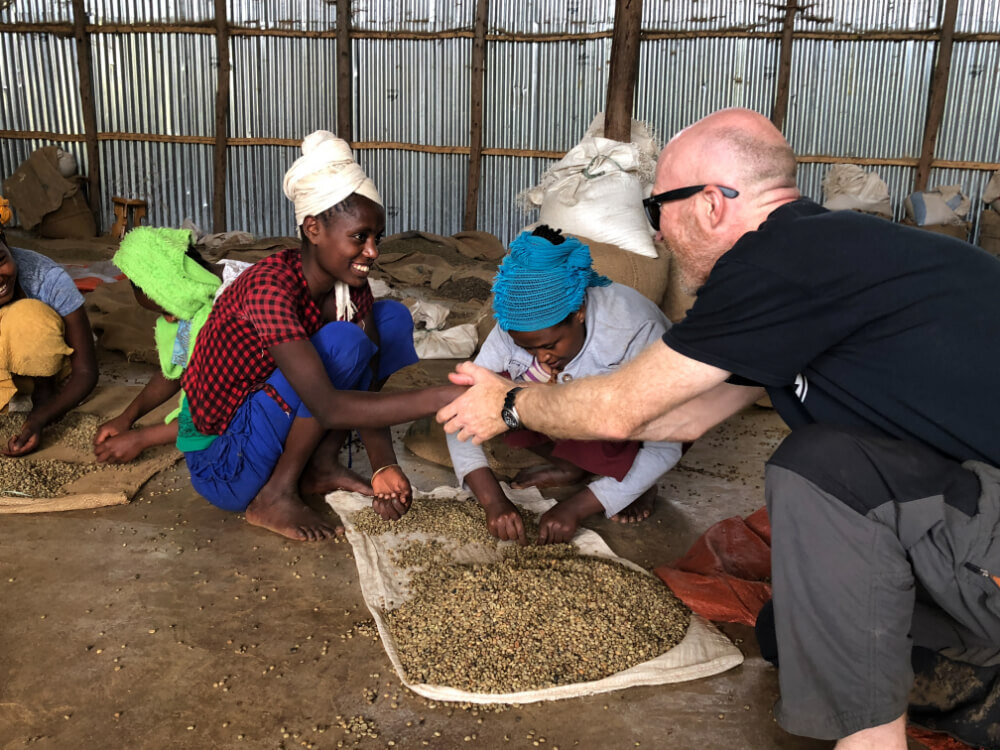Beans for Italian Coffee Machines
When buying an Italian coffee machine it’s really important that you don’t forget about the beans. Beans are at the heart of every coffee so make sure that you always use beans that you absolutely love.
The search for great beans is an endless journey. To read about my own adventures in the highlands of Ethiopia, Honduras and India visit my Blog
Coffee Species
There are two coffee species used in coffee bean production – Coffee Arabica and Coffee Robusta. Coffee Robusta is easy to grow at low altitudes and easy to harvest. This makes it the most common choice for instant coffees and cheap supermarket whole beans. Coffee Arabica is the “good stuff” and most coffee beans labelled "specialty" are 100% Coffee Arabica.
Coffee Arabica specialty beans are generally hand-picked, organic, and farmed on family or village lots. They are sold via co-ops, and farmers get rewarded with high prices for high quality. This means that specialty beans are not just the right beans for your coffee machine. They are also the ethical choice.
Coffee Varietals
Just like with grapes there are a number of Coffee Arabica varietals. With grapes the varietals include Shiraz, Merlot and Pinot Noir. With Coffee Arabica the varietals include Bourbon, Typica, Caturra and Gesha. Every varietal is unique so it’s a great idea to try as many as you can.
Coffee Origins
Coffee Arabica beans tend to have traits typical of their origin (region). This is because there are common factors in regions such as coffee bean varietals, processing methods and growing altitudes. Here’s a guide to coffee bean traits by origins:
African - fruit, floral, complex
Central & South American - chocolate, caramel, sweet, simple
Asian - spice, earth, bold
Growing Altitude
Altitude is another factor effecting your beans. Does higher mean better? Well, that really depends on you and your taste buds.
Lower altitude - sweet, simple
Higher altitude - fruit, floral, spice, complex
Coffee Processing
The processing method has a significant effect upon the beans. The two main categories for processing are wet processed and dry (natural) processed. Other categories include honey processed and wet hulled. Here’s a guide to coffee bean traits by processing method:
Wet Processed - clean, bright
Dry Processed - earth, spice
Coffee Roasting
Roasting profiles are a mix of science and art and it takes a skilled roaster to really squeeze the very best out of a bean. When it comes to an espresso from an Italian coffee machine you can expect the following:
Light roast - high acidity, sweet, thin, simple
Medium roast – medium acidity, fruity sweetness, complex
Dark roast – low acidity, bitter sweet, bold
Single Origin Coffee v Coffee Blends
For coffee purists (yes, that includes me) single origin is the way to go. Exploring single origins is an everyday adventure. However, if you are just looking for a great coffee to drink every day then blends generally have the edge. This is because in blends the beans are combined to “optimise” results in the cup. Here’s an example. A roaster could take a high altitude, wet processed, South American bean that produces a clean, sweet cup and add 20% of a high altitude, dry processed African bean to add a wack of fruitiness. Yum!
Coffee Bean Storage
After roasting, coffee oils and gases are trapped within the internal structure of the coffee bean. As the bean ages the structure breaks down the oils and gases are released. The oils make their way to the bean surface where they oxidise.
To protect coffee beans from oxygen they are packed into bags with one way gas valves. The valves allow post roast gases to exit the bags, and as this happens the gases push out oxygen. These beans stay fresh far longer than beans in the open air because of the oxygen free environment.
Coffee beans are generally at their best from 1 week to 1 month after roasting. However, roasted coffee beans that have been stored in bags with one way valves can be great for far longer than 1 month. I have had coffee 6 months post roast which has still been amazing.
Single dosing is fashionable right now. This involves opening the bag, taking out beans, then resealing the bag for every shot. The driver for single dosing is to keep the coffee beans more fresh. However, in practice there is no benefit to single dosing as every time you open the bag to get beans out, you let oxygen in, and when you reseal the bag you trap this new oxygen.
My advice is to keep your bag sealed until you need the beans, then open the bag, fill the hopper, and enjoy.
Wrap up
I hope you enjoyed my brief summary and I hope this changes the way you that you understand and value quality beans. Also, I hope you will always treat your Italian coffee machine to the very best beans you can find. And good luck on your quest for the perfect coffee bean. It’s a futile quest. You will never find “perfect” but the quest is something that makes the home barista hobby so gripping.
Finding Great Coffee Beans
To make exceptional coffee you need exceptional beans. Fresh is best so I recommend that you find yourself a local roaster. There are plenty of great roasters around. Of course, I encourage you to try my beans if you haven’t already. They are sensational.
On my own quest for great coffee I have travelled to Ethiopia, the birthplace of Coffee Arabica. I have also travelled to the mountains of Honduras and the highlands of India.
Click below to learn more about my very special coffee beans.

